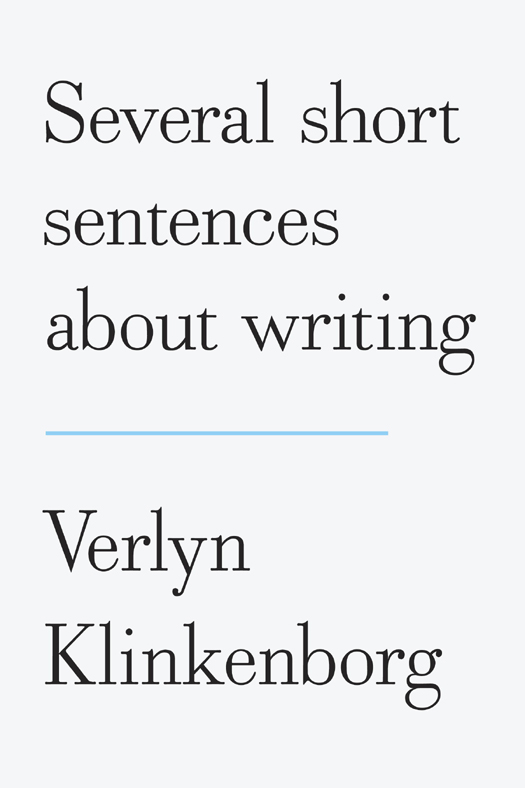
Several Short Sentences About Writing
کتاب های مرتبط
- اطلاعات
- نقد و بررسی
- دیدگاه کاربران
نقد و بررسی

June 15, 2012
A New York Times columnist and editorial board member delivers a slim book for aspiring writers, offering saws and sense, wisdom and waggery, biases and biting sarcasm. Klinkenborg (Timothy; or, Notes of an Abject Reptile, 2006), who's taught for decades, endeavors to keep things simple in his prose, and he urges other writers to do the same. (Note: He despises abuses of the word as, as he continually reminds readers.) In the early sections, the author ignores traditional paragraphing so that the text resembles a long free-verse poem. He urges readers to use short, clear sentences and to make sure each one is healthy before moving on; notes that it's acceptable to start sentences with and and but; sees benefits in diagramming sentences; stresses that all writing is revision; periodically blasts the formulaic writing that many (most?) students learn in school; argues that knowing where you're headed before you begin might be good for a vacation, but not for a piece of writing; and believes that writers must trust readers more, and trust themselves. Most of Klinkenborg's advice is neither radical nor especially profound ("Turn to the poets. / Learn from them"), and the text suffers from a corrosive fallacy: that if his strategies work for him they will work for all. The final fifth of the text includes some passages from writers he admires (McPhee, Oates, Cheever) and some of his students' awkward sentences, which he treats analytically but sometimes with a surprising sarcasm that veers near meanness. He includes examples of students' dangling modifiers, malapropisms, errors of pronoun agreement, wordiness and other mistakes. Analyzing his craft, a careful craftsman urges with Thoreauvian conviction that writers should simplify, simplify, simplify.
COPYRIGHT(2012) Kirkus Reviews, ALL RIGHTS RESERVED.

August 1, 2012
Expertise and zeal are required for an established writer to offer genuinely useful guidance to aspiring writers. It helps if the writer teaches writing, as Klinkenborg has for many years, while also covering rural life for the New York Times and assuming the persona of a remarkable tortoise in Timothy; or, Notes of an Abject Reptile (2006). It's good, too, if the advising writer takes a fresh approach. At a glance, it looks as though Klinkenborg has written a long poem about the craft of writing. Instead, he has dispensed with connecting tissue to emphasize the importance of strong sentences. Line by line, he encourages writers to be aware of the nuanced meanings of words, gain a firm grasp of grammar and syntax, and develop the patience for revision. He explains, Every work of literature is the result of thousands and thousands of decisions. Klinkenborg also addresses matters of thought and perception, the wellsprings of cogent writing. The result is a unique anatomy of the sentence and the writing mind and a clarifying and invigorating book of first steps. (Reprinted with permission of Booklist, copyright 2012, American Library Association.)

























دیدگاه کاربران